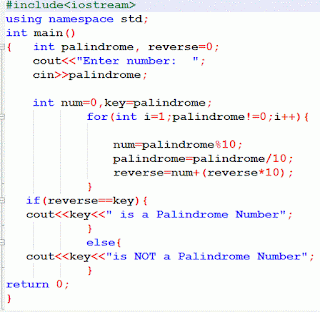1.
First generation languages (1GL)
2.
Second generation languages (2GL)
3.
Third generation languages (3GL)
4.
Fourth generation languages (4GL)
5. Fifth generation languages (5GL)
**********************************************
Machine
language (1GL) is the lowest level of language, The language used to program
the first-generation computers.
The instructions in 1GL are made of binary numbers, represented by 1s and 0s, it is Suitable for the understanding of the machine but very much difficult to interpret and learn by the human programmer.
Assembly
language (2GL) is Low-level language that allows a programmer to use
abbreviations or easily remembered words instead of numbers, Programmer can
write instructions faster but it is still not an easy language to learn.
High
Level languages (3GL) is an
English-like language, It allowed users to write in familiar notation, rather
than numbers or abbreviations.
Most
High-level languages are not Machine Dependent and it uses a Translator, For
High-level languages the Translator is either a Compiler or an Interpreter.
Examples
of High-level languages: FORTRON - COBOL – BASIC - C and C++.
4GLs consist of report generators, query languages, application generators, and interactive database management system
examples of Very-High-Level Languages ,RPG III (Report Generator) and SQL (Structured Query Language) .


Natural languages are part of the field of study known as Artificial Intelligence ,Develop machines to emulate human-like qualities such as learning, reasoning, communicating, seeing and hearing.
there are two types of Natural languages ,Ordinary Human Languages; like English and Programming language that use human language to give people a more natural connection with computers.
examples of Natural languages ,Mercury ,OPS5 and Prolog.





No comments:
Post a Comment